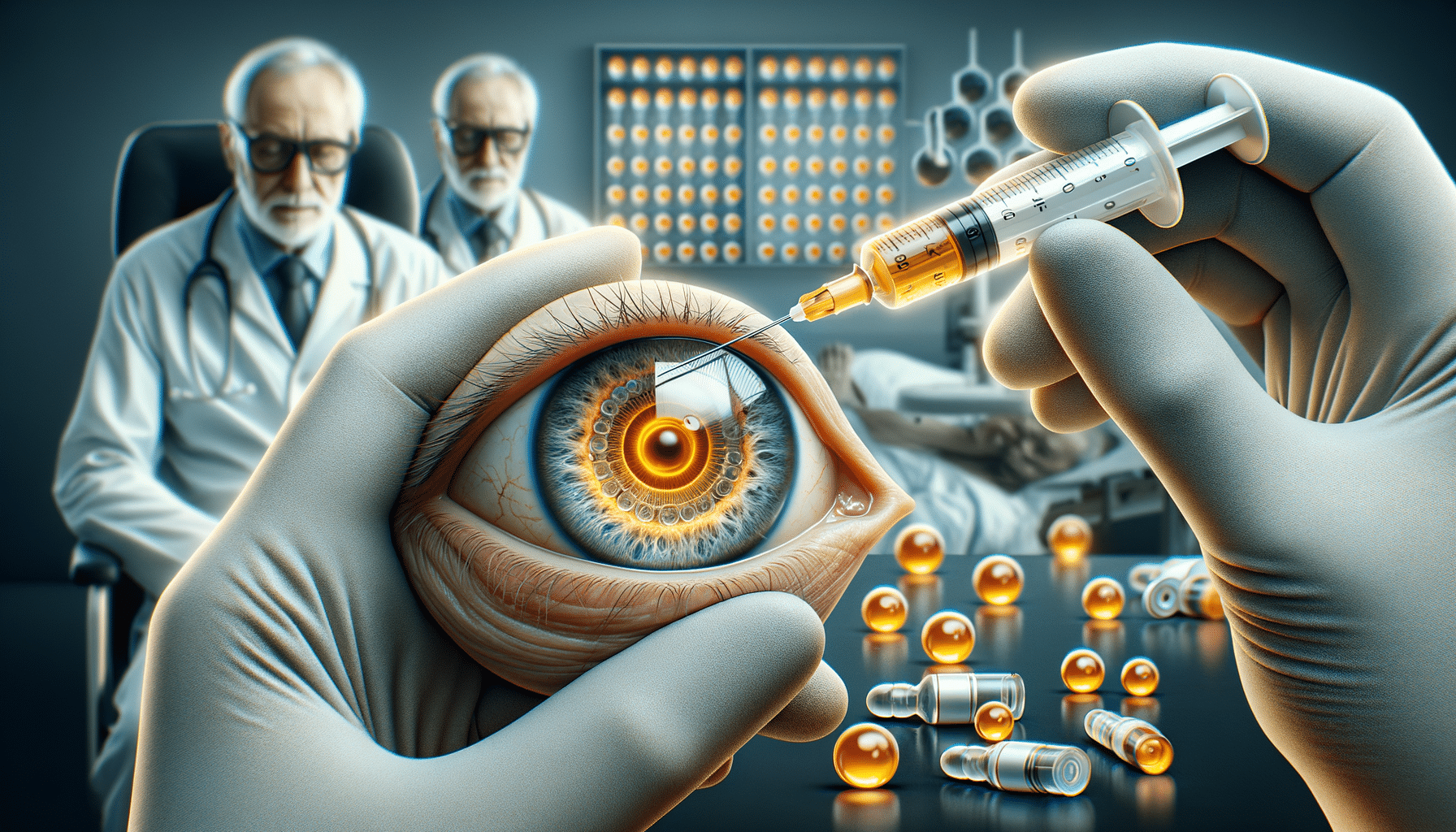
Understanding Macular Degeneration Shots: What to Know
Introduction to Macular Degeneration
Macular degeneration is a common eye condition that affects millions of people worldwide, primarily those over the age of 50. It involves the deterioration of the macula, a small central portion of the retina, which is crucial for sharp, central vision. This condition can significantly impact daily activities such as reading, driving, and recognizing faces. Understanding the available treatments, including macular degeneration shots, is essential for managing this condition effectively.
Types of Macular Degeneration
There are two primary types of macular degeneration: dry and wet. Dry macular degeneration is the more common form, characterized by the thinning of the macula and the presence of drusen, which are tiny yellow deposits. Wet macular degeneration, although less common, is more severe and involves abnormal blood vessels growing under the retina, leading to leakage and scarring.
While dry macular degeneration progresses slowly, wet macular degeneration can lead to rapid vision loss. The distinction between these two types is crucial for determining the appropriate treatment strategy. Macular degeneration shots are particularly effective in managing wet macular degeneration by targeting the abnormal blood vessels.
How Macular Degeneration Shots Work
Macular degeneration shots, also known as anti-VEGF injections, play a vital role in treating wet macular degeneration. VEGF, or vascular endothelial growth factor, is a protein that promotes the growth of abnormal blood vessels. Anti-VEGF injections help block this protein, thereby reducing the growth of these vessels and preventing further damage to the retina.
The treatment involves administering the injection directly into the eye, usually on a monthly basis, depending on the patient’s condition and response to the medication. This approach has been shown to stabilize vision in many patients and, in some cases, even improve it. The effectiveness of macular degeneration shots underscores their importance in preserving vision and enhancing quality of life for those affected by this condition.
Potential Side Effects and Considerations
As with any medical treatment, macular degeneration shots come with potential side effects. Common side effects include eye redness, discomfort, and increased pressure within the eye. More serious complications, although rare, can include infections or retinal detachment. It is crucial for patients to discuss these risks with their healthcare provider and weigh them against the benefits of the treatment.
Patients should also consider the commitment involved in receiving regular injections and the associated costs. Insurance coverage and financial assistance programs can help alleviate some of these concerns. By understanding these factors, patients can make informed decisions about their treatment options.
Conclusion: Navigating Treatment Options
For individuals diagnosed with macular degeneration, particularly the wet form, macular degeneration shots offer a promising treatment option. These injections have the potential to halt the progression of the disease and preserve vision, which is invaluable for maintaining independence and quality of life.
By staying informed about the latest advancements in treatment and working closely with healthcare providers, patients can effectively manage their condition. Regular eye exams and proactive management are key components in the fight against macular degeneration, empowering patients to take control of their eye health.


